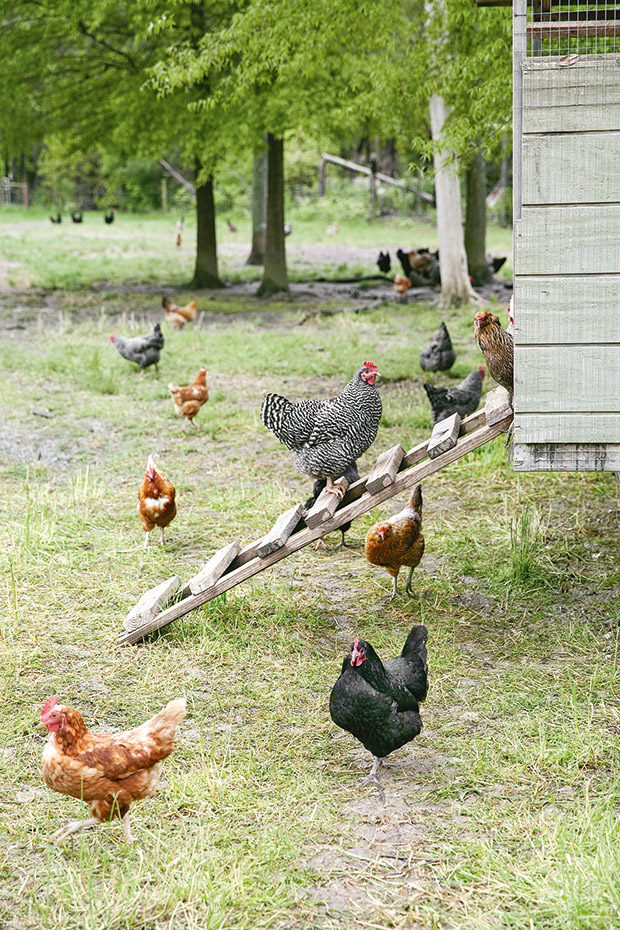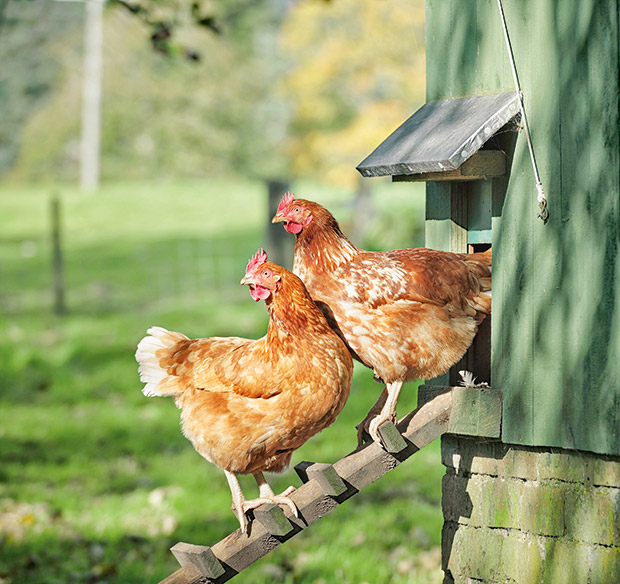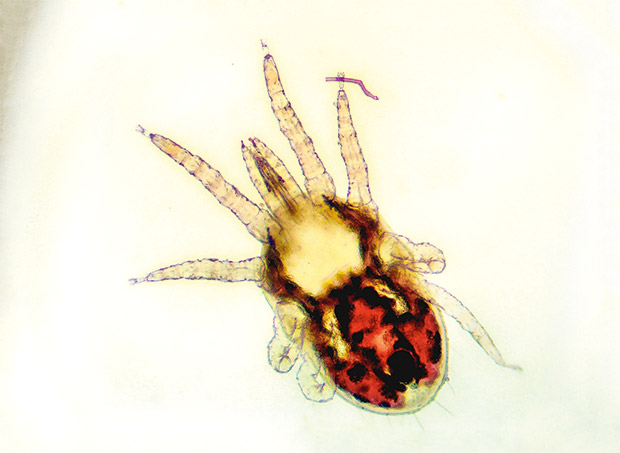Confessions of a Chookaholic, Part Three: How to prevent diseases (such as scaly red mite) from spreading to your flock

A few biosecurity measures could make or break the health of your flock.
Words: Nadene Hall
Every chicken builds immunity to its environment. Your property has a unique mix of parasites, and diseases brought in by wild birds, on equipment, and accidentally on clothing and shoes.
When you bring in new birds, especially young ones, there will be two immunity challenges. One is to the birds coming onto your property, which will face diseases and parasites to which they have little or no immunity. The second is to your current flock, which will have no immunity to any diseases or parasites carried in on the newcomers.
Every time you bring new poultry (or other birds) onto your property, it’s vital to quarantine them for at least a couple of weeks, preferably three, somewhere away from your main flock. This way, if any bird is carrying a disease, worm or mite burden, symptoms will show up before they can pass it onto your flock.

Ideal: have a second coop that is away from and not accessible to your main flock. A good option is small, mobile coop/s with an attached run that is easy to move and clean.
KNOW THE ITCHY & SCRATCHY
One of the most annoying issues that affects poultry is mites. The most common two are:
• scaly leg mite, which live under the scales on a bird’s legs;
• red mite, which live on the coop but suck blood from birds.

The red poultry mite – Dermanyssus gallinae.
Managing these mites is an ongoing, year-round process. The best advice is to know what you’re looking for ahead of time, check the coop carefully every couple of days, and start control of it when a mite population is still small.
TIPS
1. If you love poultry, you probably enjoy seeing other people’s birds. If you visit another poultry property or go to a show, change your clothes before and after, and clean your gumboots/shoes. Many diseases are carried in mud and manure, and others in the air. Cleaning clothes and footwear is a small, simple way to avoid a problem.
2. If you have a flock of young birds or new ones, use separate equipment, and clean your footwear and (and ideally change your clothing) when moving between them.
3. Learn about managing coccidosis, one of the big immunity challenges to chicks
4. Learn more about biosecurity: thisnzlife.co.nz/biosecurity-in-the-backyard-chicken-flock-how-to-keep-your-chickens-healthy-when-introducing-new-birds/
CONFESSIONS
“My biggest mistake… believing my birds didn’t have mites because I didn’t check for them properly, or often enough. I also didn’t know chickens don’t lay eggs every day, or all year round.”
– Wendy, Tauranga
“For me, it would have been learning how to prevent red mites in the chicken house from the beginning, rather than discovering an infestation and going from there.”
– Dawn, Marton (50+ hens, 14 ducks)
Love this story? Subscribe now!
 This article first appeared in NZ Lifestyle Block Magazine.
This article first appeared in NZ Lifestyle Block Magazine.
